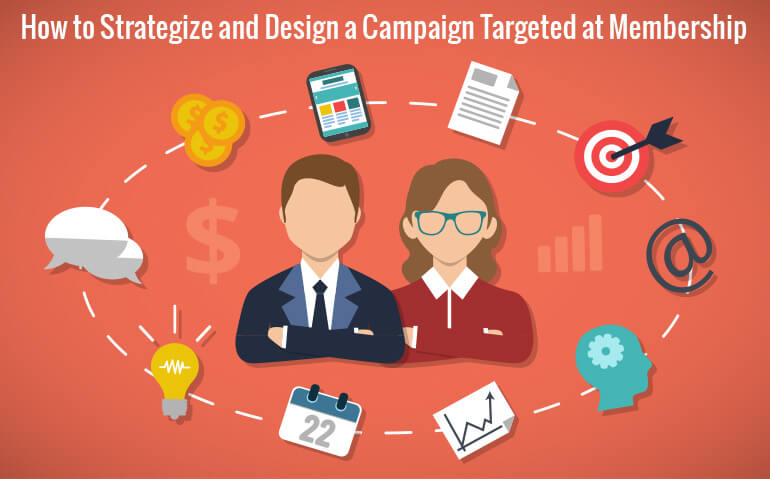How to Strategize and Design a Campaign Targeted at Membership
Membership communities are a delicate thing. Professional organizations and even charitable groups usually follow strict guidelines when it comes to keeping with the brand and posting to social media. When the need arises for a campaign with a specific goal and deadline (and budget), tensions seem to increase. No need!
It’s possible to deploy a social media campaign from an association or non-profit brand page that stays on point and builds loyalty. Let’s take a look at a recently completed campaign managed by the Sutter Group as an example.
Phase 1 – Strategize Around A Goal
Our client wanted to reach 1,000 conference registrations by the end of summer. Part of their effort included emails and advertisements. We suggested splitting the budget for mailings so that anyone in their database over age 35 would get a postcard in the mail and the money that would have been spent printing and mailing to those under age 35 would go towards our Facebook advertising budget.
Phase 2 – Have The Talk
No one wants to see one of their fans unhappy with their content (even if that fan is a widely known party pooper in that community). We had a talk with our client about what to do when negative comments appear on the ads. It’s not a pleasant experience, which is why advanced planning is a good idea. It takes a lot of the trepidation out of the experience.
Phase 3 – Know Thy Audience
This group of industry professionals has a huge preference for a certain type of image and photography. We knew this by studying the Insights and engagement on their photo posts. We combined that knowledge with the advertising copy in a way that got immediate feedback and attention from fans.
We also targeted the audience even further by communicating how residents in specific states in the U.S. would benefit from attending the conference, then showed those ads to that group of fans. The results were mind blowing for a B2B event.
Phase 4 – Organization & Testing
When you build out a campaign in Facebook, keep in mind that executives at higher levels in the organization might end up seeing all of the naming conventions on the reports. Naming all the campaigns the same way is very important, especially when looking back on performance. It was also important for us to set each campaign up using the same goal objective: website conversions.
Phase 5 – Tracking & Reporting
Our client had installed the Facebook conversion tracking code on the conference’s registration page. This allowed us to compare the results we were seeing in Facebook with the marketing funnel they were tracking in analytics. In social media, it often looks like the campaign is generating more activity than it really is. This code allowed us to have proof that nearly 200 registrations came from our ads.
We also provided our client with weekly performance numbers, which made it easier to crank out a complete report at the end of the campaign (See image below). We compiled all of the weekly reports into one summary that made our contact at the association look like a rock star for only spending $19 per new registration and getting their fan page an additional collection of 61 more likes (which was a byproduct of the campaign).

When conducting a social media campaign to a membership group or club, the thought of paid advertising can be intimidating. But with a phased roll out like the one described here, we’re confident it can be done with positive and cost effective results.






